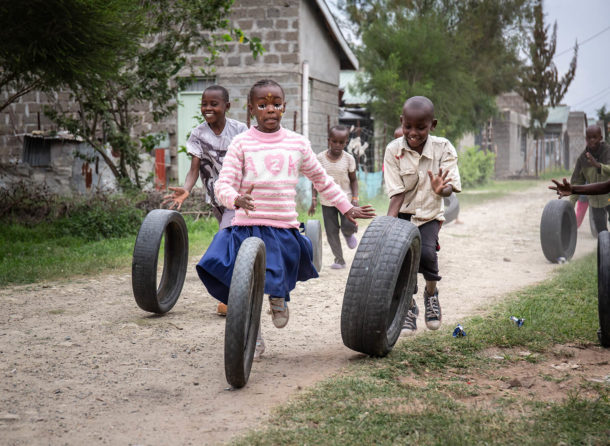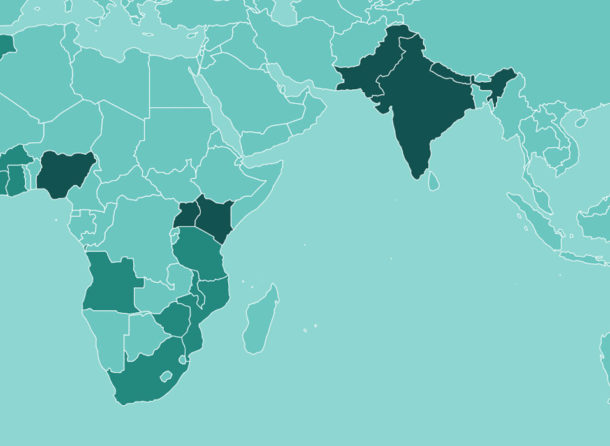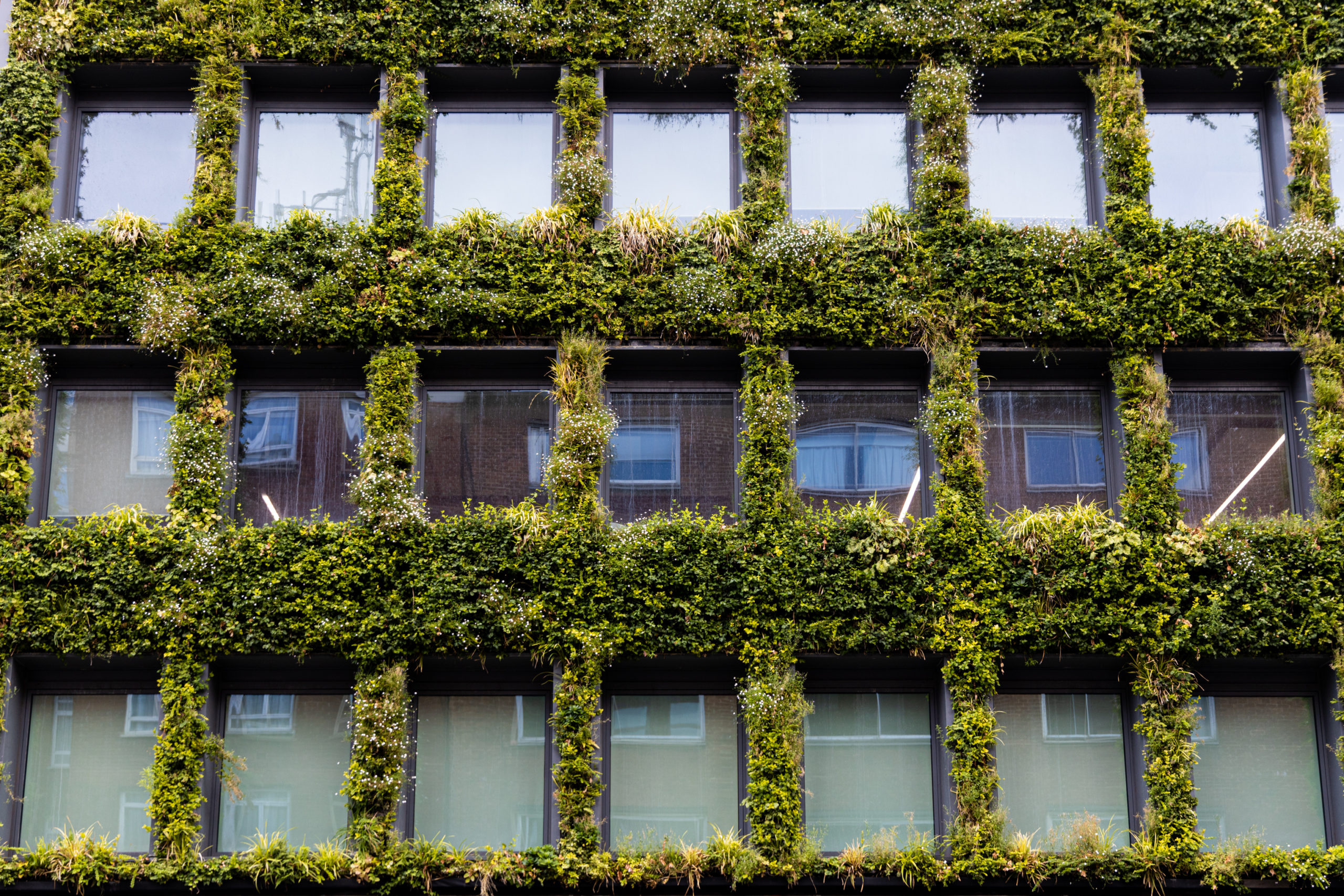
London Climate Action Week – the heat is on
While we’re still taking stock of the unprecedented temperatures of the last few weeks, Reall staff recently attended London Climate Action Week (LCAW) – the fourth and largest since the event was launched in 2019. There was a significant focus on the built environment and a welcome recognition that if we are to meet the commitments in the Paris agreement, this sector has a crucial role to play.
Here’s our five key takeaways from LCAW:
1. Green Finance is critical in driving change – but more needs to be done to grow the sector
Currently, only 4.6% of emerging debt instruments are green. Yet the appetite for sustainable financing and impact investing is rising rapidly. To grow this sector further we need to encourage lenders and borrowers to make green investments and explore innovative, blended financial models.
Green financing should also apply to all areas of green building, including incentivising retrofit and refurbishment, as well changing the whole value chain and all construction practices – from design to end user.
2. We need more – and better – data to deliver green buildings at scale, including more data on #wholelifecarbon
Data is the backbone of the green transition – but the case for green buildings is made harder as long as data remains scattered, with few common standards. If we are serious about delivering net zero buildings at scale we need datasets which are open and comparable. Developers, designers and owners need to see the benefits that building green will deliver and how their choices can bring deep, lasting and rapid emission cuts.
Studies have shown that embodied carbon can contribute up to 70% of a building’s lifetime carbon emissions. We also need improved data on whole life of carbon.
3. We need a #wholeofsociety #systemschange that engages sectors, organisations and communities outside the usual climate and business bubbles
To bring lasting change we need to engage new sectors, organisations and communities to build broad societal support.
70% of buildings that will exist in 2050 have not yet been built – the majority of which will be in Africa and Asia. We need engagement from the global South to make a green future a reality.
4. The limited progress we are making in #circularity requires new thinking and innovation â “ including creation of more effective circularity markets for building materials
The construction sector accounts for 40% of global resource demands, yet less than 10% is being used in a constructive cycle – thus accelerating climate change and causing significant damage to ecosystems. The built environment therefore provides significant untapped potential for people to operate their buildings in a circular way.
5. To deliver green buildings at scale, we need to move away from “business-as-usual”
Small, isolated best practice projects don’t shift business-as-usual. If we are to reach our goal of “no more bad buildings” we need systemic solutions, policy change and urgent shifts in regulatory environments. This means thinking about sustainability from the beginning across the construction sector, for all designs, all buildings and all communities.
#LCAW2022
You can join the conversation on LinkedIn or Twitter.
Read the full article on LinkedIn.
Read more stories
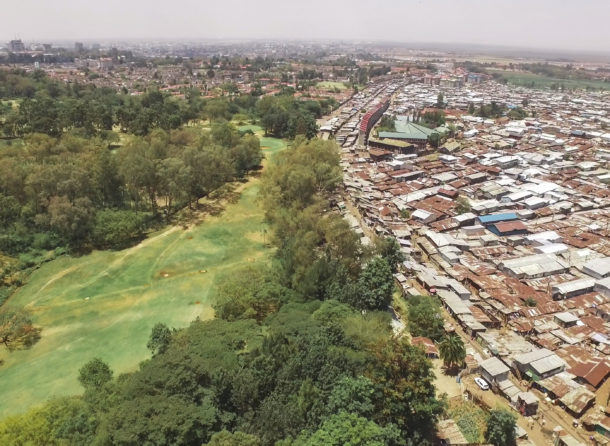
How Affordable Homes could help solve the global climate crisis
The United Nations climate summit, COP25, starts today in the Spanish city of Madrid where climate leaders will push to scale up action and investments into rapidly reducing global greenhouse gas emissions and support broader sustainable development agendas, specifically addressing …
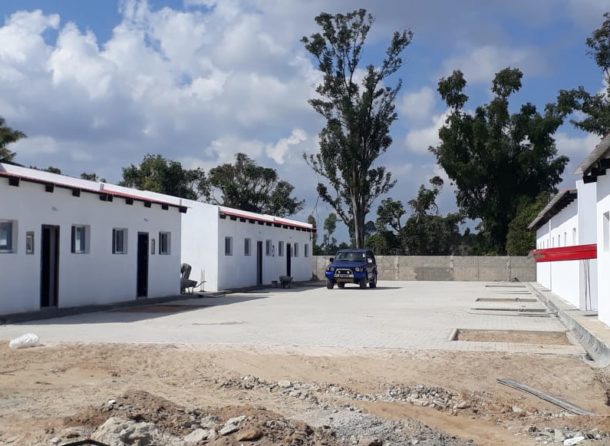
Celebrating affordable housing in Beira
The ribbon-cutting ceremony was attended by Reall’s Director of Investment and Operations Patrick Domingos-Tembwa, Mayor of Beira Daviz Simango and Casa Real Director Marie Odile. The celebration was particularly poignant as these homes managed to withstand the destruction of Cyclone…

New Partnership: Syntellect
Reall are delighted to be partnering with India-based technology firm, Syntellect. Syntellect are committed to giving unbanked people the opportunity to access mortgage finance across Africa and Asia. Syntellenct has created RightProfile, a customer profiling platform designed to help lenders …
